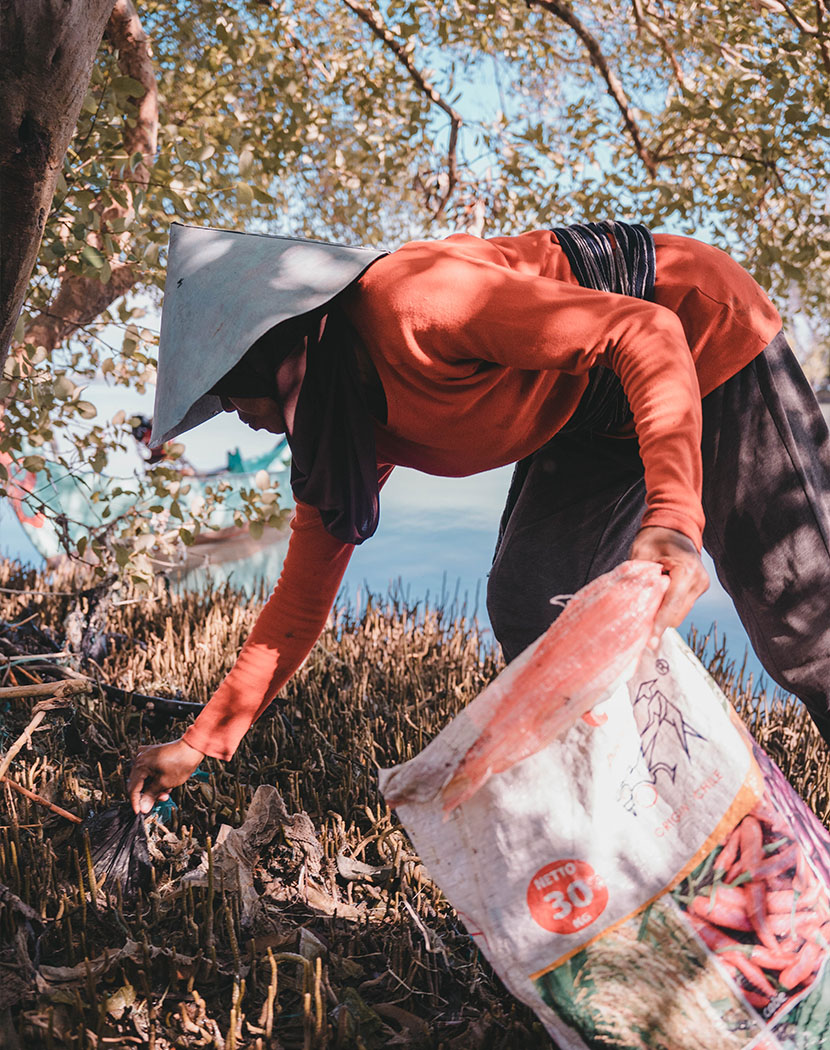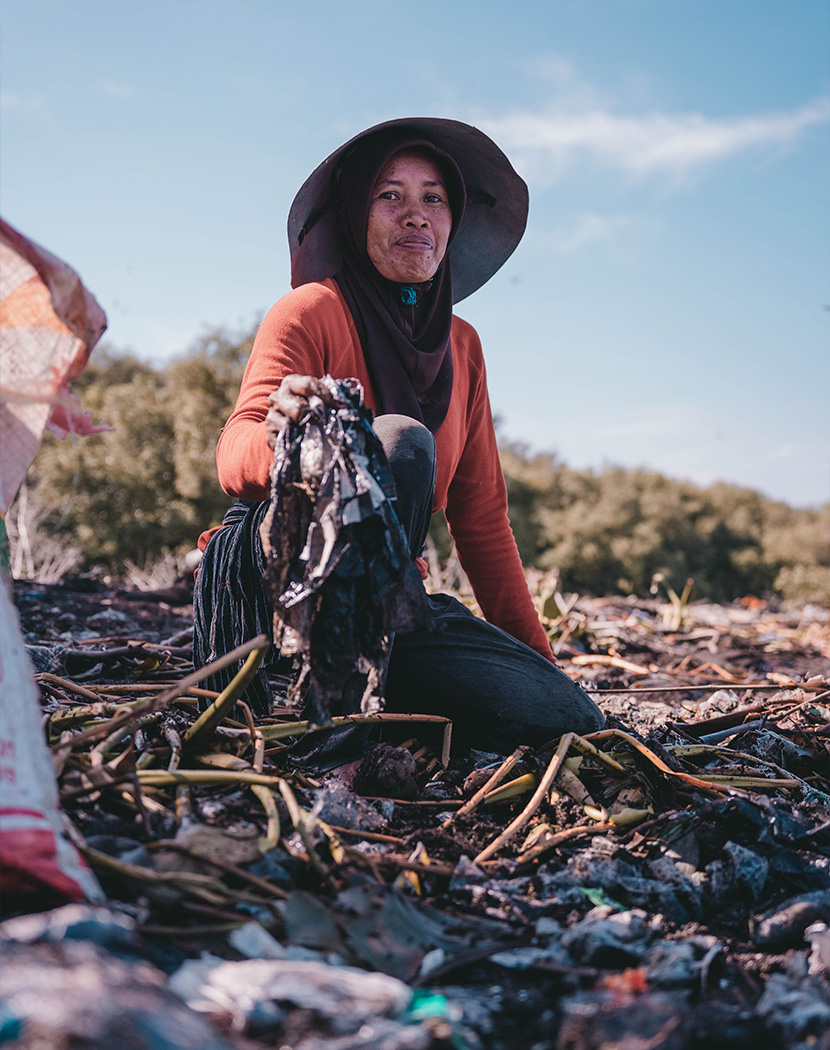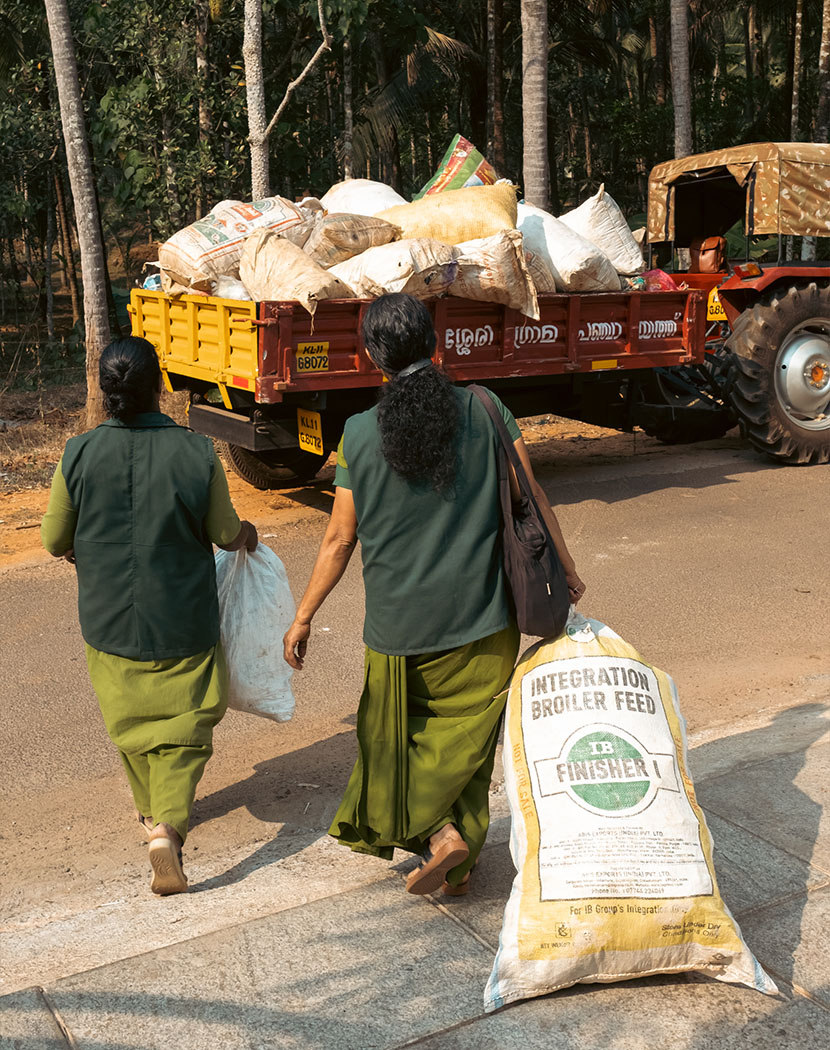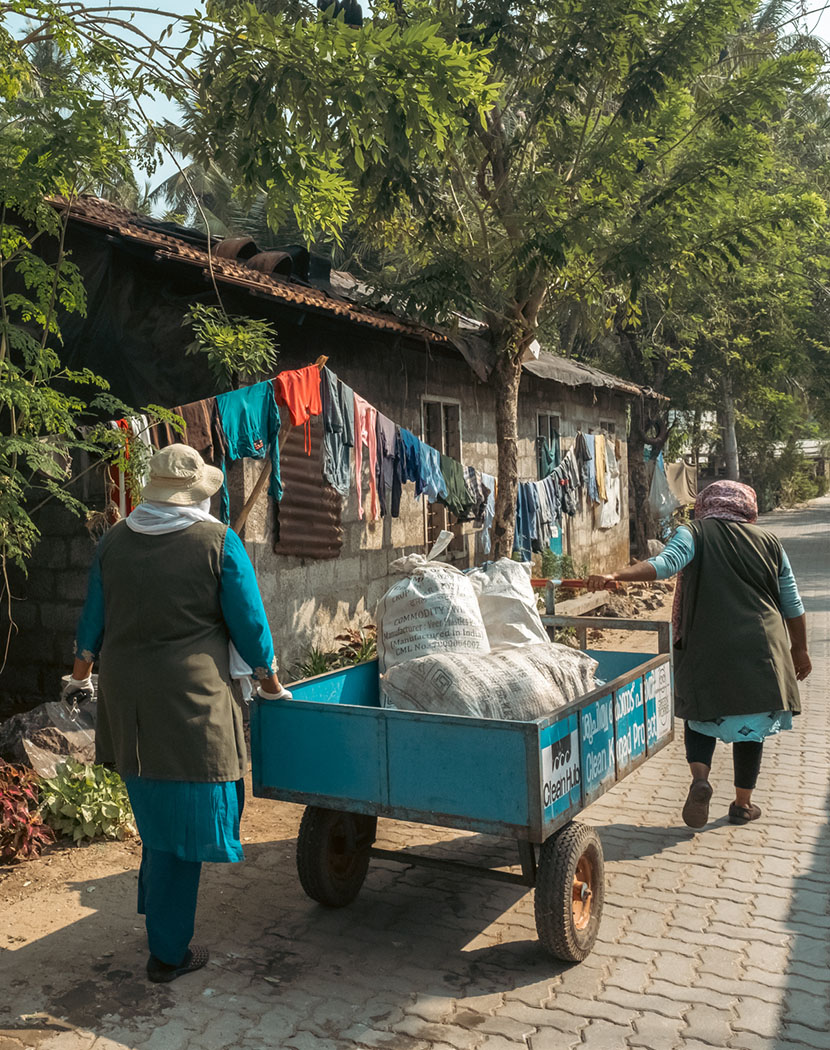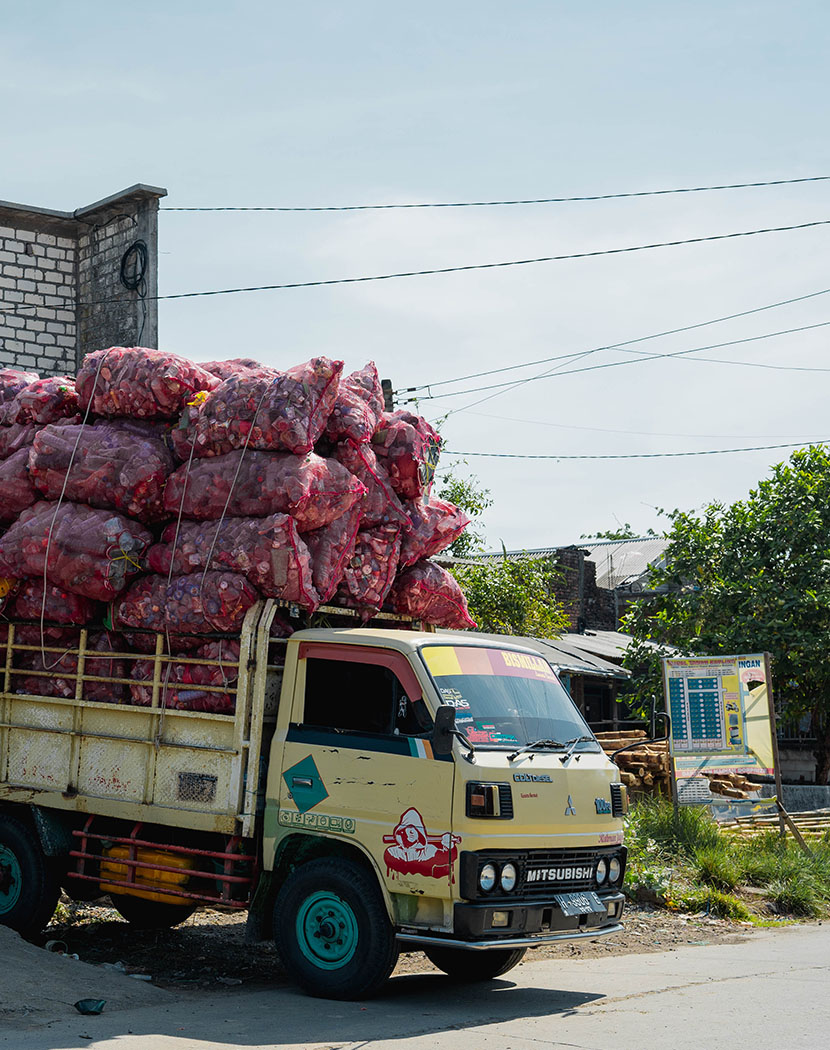1% FOR THE PLANET WITH
CleanHub
-
CONTRIBUTE
From July 2023 we’re committing a minimum of 1% of sales to support plastic waste recovery.
-
PLASTIC-FREE JULY
To kick off our partnership we’ll donate an additional 1kg plastic recovery for every order via our website during Plastic-Free July.
-
DONATE
At checkout, feel free to also directly donate to CleanHub alongside your order.
When founding LO there was a video circulating of a turtle with a straw stuck in its nose. It was on of the first images that truly captured the plastic pollution and the effects on wildlife and oceans. This clip was the reason for our plastic-free values. I’m very excited to partner with CleanHub and contribute to their mission to eliminate 50% of ocean plastic by 2030.
Rosa Polak
Every minute, the equivalent of one garbage truck of plastic is dumped into our ocean.
Plastic pollution is a global problem that affects us all. It’s estimated that plastic production will increase by 40% in the next 10 years, and if we don’t do anything about it, oceans will carry more plastic than fish by 2050.
Current recycling and waste management methods are insufficient for the volume of plastic generated. There is a growing demand for collecting recyclable plastic, like plastic bottles, because they can be turned into new products, and therefore have a value.
However, non-recyclable plastics accumulate because there is no economic incentive for their collection, they lack value. This plastic is often burned, dumped, or sent to landfills, eventually finding its way into the oceans.
Approximately 80% of ocean waste consists of non-recyclable materials, with over 90% sinking to unrecoverable depths.
The quickest and most sustainable solution involves reducing its production at the source ánd establishing incentives and an economy for gathering non-recyclable plastic.
What is CleanHub?
Many areas in the world don’t have a waste management system. CleanHub provides waste management services in the coastal areas of South (East) Asia, which is the gateway for more than 80% of all plastic that enters our oceans. They’re building Collection Hubs to facilitate the collection and safe processing of non-recyclable plastic.
How does it work?
In order to stop ocean bound plastic, it’s important to significantly increase plastic recovery rates in high leakage locations. To achieve that, CleanHub empowers local communities to cope with their own plastic waste, create incentives, develop waste management standards and foster local entrepreneurship.
Recovering plastic from the environment involves three distinct operations. Firstly the collection of the plastic, secondly the sorting of plastic into its unique types and thirdly the safe and final treatment.
CleanHub collects all plastics, but focusses on non-recyclable plastic to maximize their impact. They use a technology to track the full collection process, so they can verify every piece of plastic that is collected and what happens to it after collection.
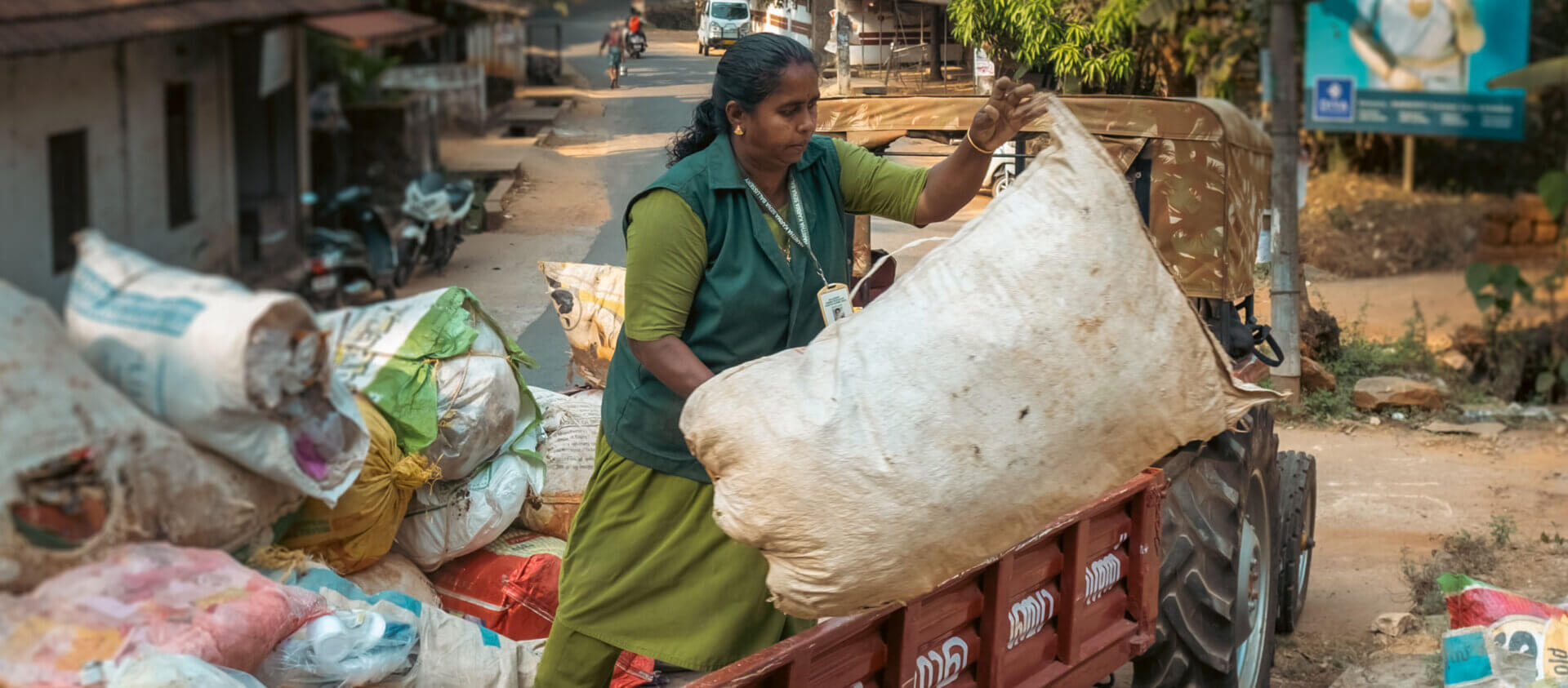
Why does CleanHub collect plastic from land and not out of the oceans?
To stop plastic from entering the environment, it’s important to get to a point where the material is collected as close to the consumer as possible, and intercepted before it can reach the ocean.
The majority of CleanHub’s plastic efforts are door-to-door collection or other smart ways to aggregate waste in one point. CleanHub also finances projects with passive technologies that catch plastic in rivers. The smallest fraction of plastic stems from beach cleanups or is directly sourced from the ocean.
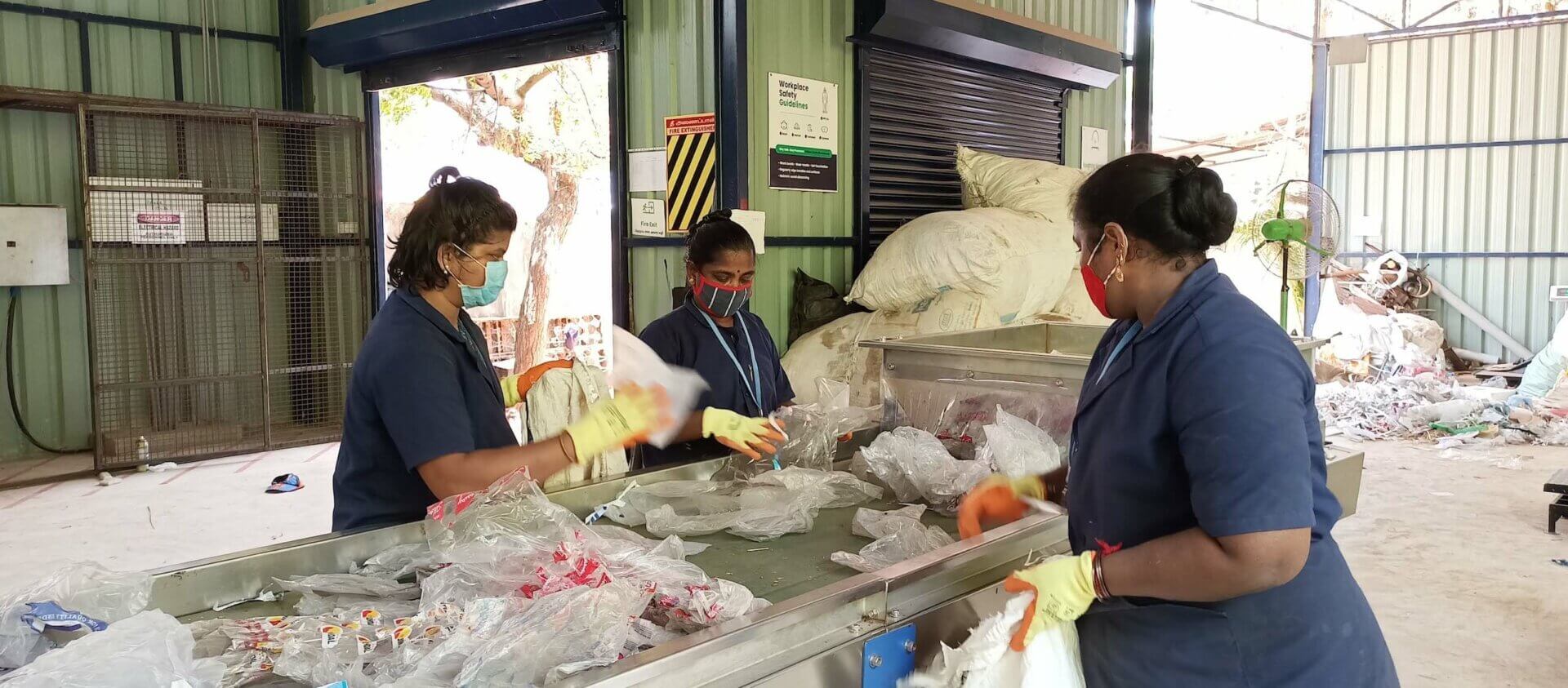
What happens to the plastic that is collected?
Recyclable goods are sold for local recycling. Non-recyclables are sent for co-processing.
Co-processing is a waste management method that involves the simultaneous use of waste materials, such as non-recyclable plastics, as a substitute for conventional fuels or raw materials in industrial processes. Instead of disposing of the waste in landfills or incinerating it, co-processing involves utilizing it in cement kilns, steel mills, or power plants as a supplementary energy or raw material source.
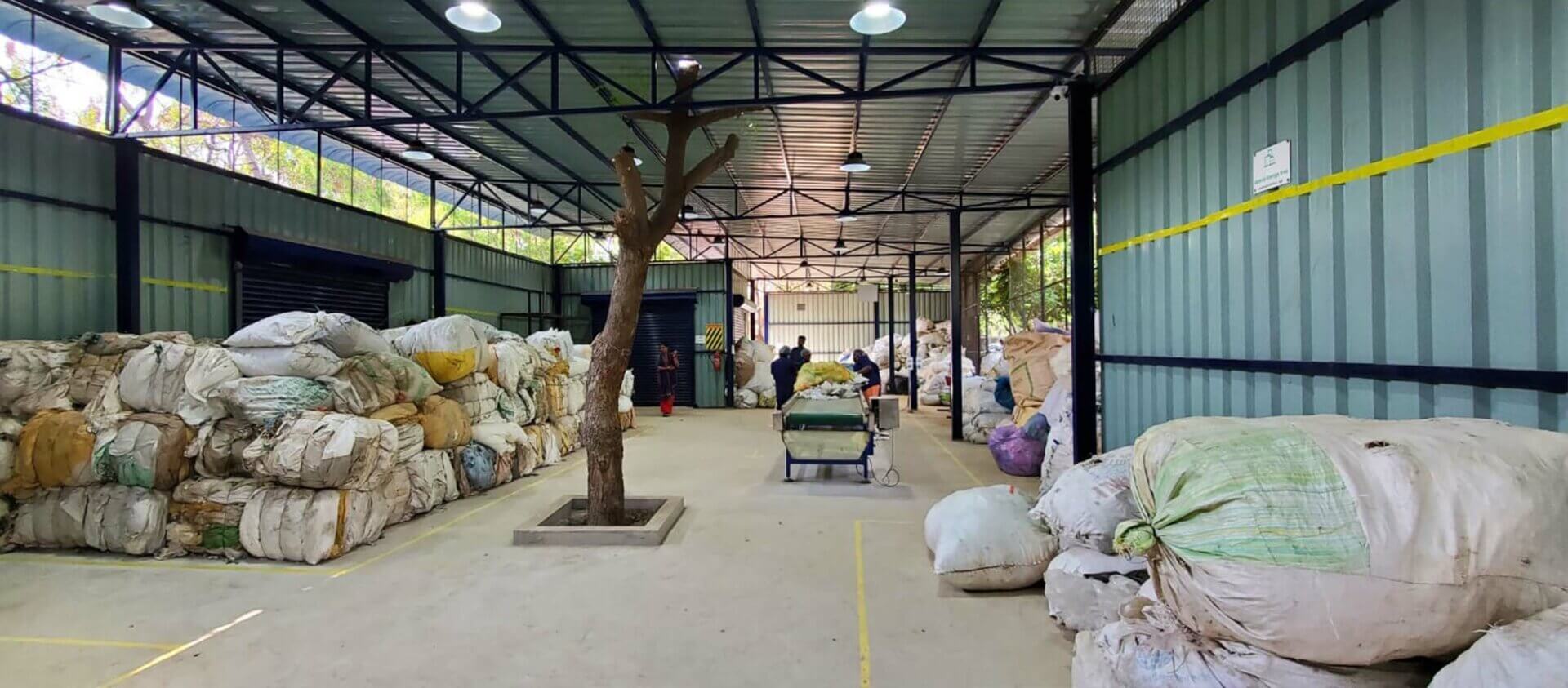
Beauty Industry
The global beauty industry is one of the leading polluters when it comes to plastic packaging. Creating 120 billion units of packaging waste every year — most of which are not fully recyclable. And contributing to the loss of 18 million acres of forest annually.
95% of beauty packaging is thrown out after one use — only 14% ends up in a recycling center and the rest heads to landfill.
The luxury beauty market especially is still a culprit of using unnecessary secondary packaging and single-use plastic wrapping.
What can we do? Consume less, but better. Switch to brands with plastic-free, sustainable or refillable packaging. Recycle, reuse and don’t but things you don’t really need.
